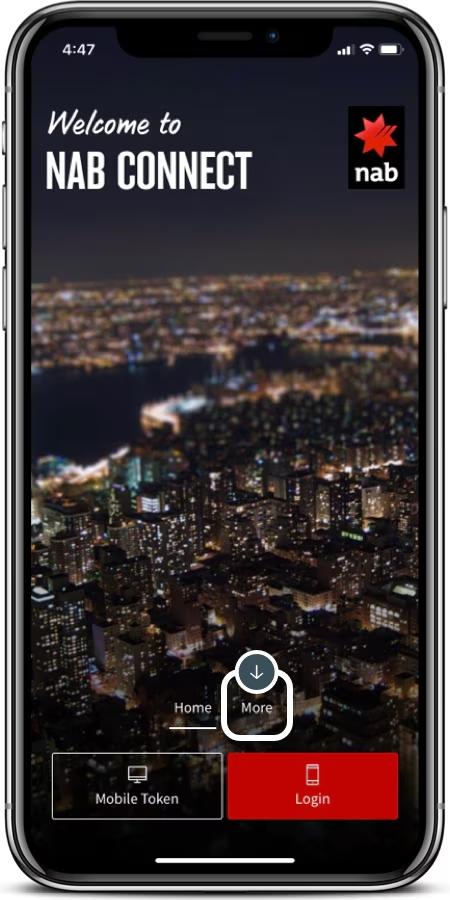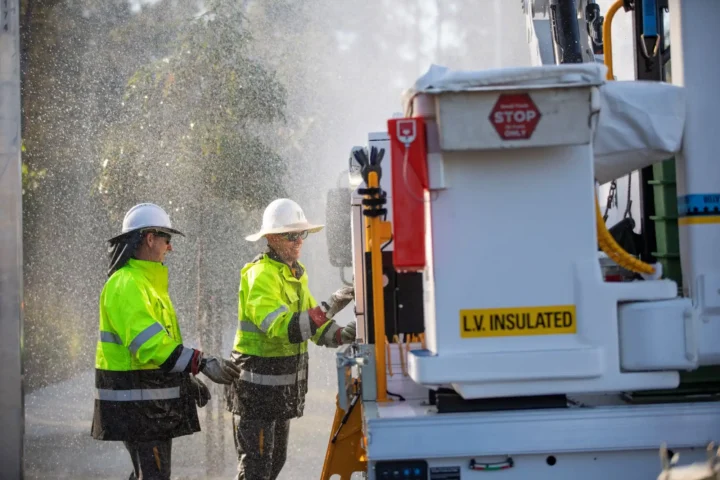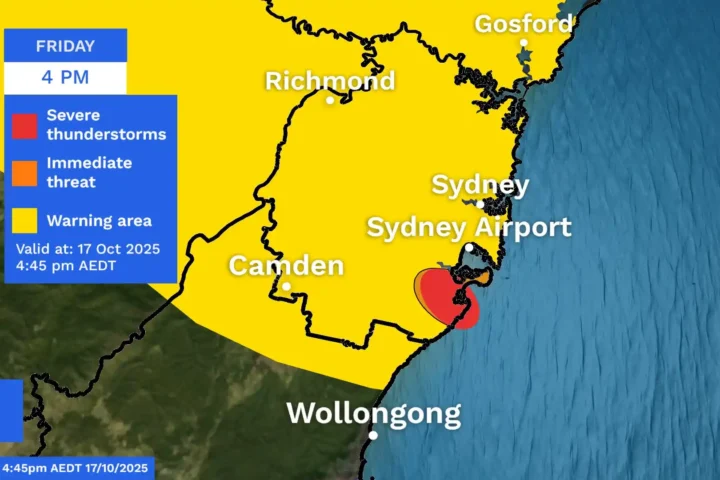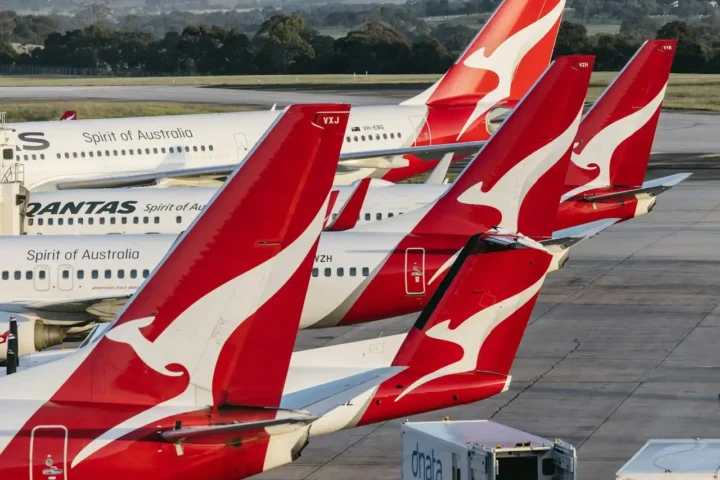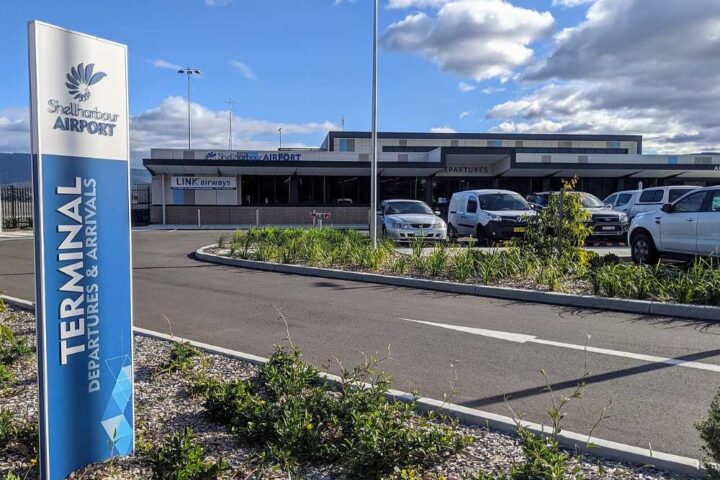On Thursday, May 15, 2025, NAB customers across Australia couldn’t access their accounts when digital banking platforms failed at around 2 pm AEDT. DownDetector recorded a massive spike in user reports, with 55 percent specifically citing online banking failures, 40 percent reporting login problems, and 4 percent experiencing account balance errors.
The technical failure affected NAB’s mobile application, internet banking platform, and NAB Connect business services. Beyond digital channels, card payments through EFTPOS terminals and ATM cash withdrawals also stopped working, creating a complete payment system lockdown for customers nationwide.
NAB acknowledged the crisis on its official X account: “We’re aware of an issue currently impacting some of our digital services including the NAB App, Internet Banking and NAB Connect. Our tech team is currently investigating and working to fix this as soon as possible. We apologise for any inconvenience and will keep you updated.”
Customers vented frustration on social media. Representative complaints included “How long???? Update your customers” and “I can’t eat tonight without this working.” Many found themselves stranded at supermarket checkouts when card payments failed, with some reporting “NAB ATM… machine ate my card” and “ATM withdrawals not working.”
Branch networks and phone banking remained operational during the outage, though customers reported extended hold times. NAB’s Payment Service Availability portal directed users to these backup channels throughout the disruption.
The bank provided an update within two hours: “Our digital services are now starting to come back online. While we continue to restore services, customers may experience some intermittent login and experience issues. All other services are working as normal.”
The Reserve Bank of Australia’s October 2024 Bulletin shows Australian banks achieve at least 99.8 percent quarterly availability across ATMs, branches, card payments, fast transfers, and online banking platforms. However, online banking outages disrupt connected payment rails including Osko instant transfers and BPAY bill payments.
Planned maintenance outages average approximately 1⅓ hours across the banking sector, but unplanned incidents like NAB’s create cascading effects across millions of transactions. Since November 2021, the RBA mandates public reporting of significant outages lasting over 30 minutes or affecting more than 10 percent of customers.
Similar Posts
APRA’s Prudential Practice Guide CPS 234 requires bank boards to oversee information security and incident response protocols. This includes timely system patching, continuous service-level monitoring, and regular disaster recovery testing. APRA Chair John Lonsdale has repeatedly warned that under-investment in legacy IT infrastructure increases outage risks and demands ongoing modernization efforts.
The Australian Banking Association’s 2025 Banking Code of Practice mandates prompt customer notification of service interruptions with clear guidance on alternative payment channels. Under ASIC’s ePayments Code, banks must reimburse customers for failed transactions and handle complaints within defined timeframes.
NAB experienced a similar nationwide outage in October 2016 that disrupted EFTPOS and ATM services for several hours. RBA data shows that between September 2021 and March 2024, online banking and fast payment services accounted for the bulk of significant outages across the Australian banking sector.
Industry analysis reveals that over the past 30 months, retail banking outages totaled 1,478 hours, with fast-payment services accounting for 1,316 hours of disruptions. This data demonstrates the systemic nature of digital banking vulnerabilities across Australia’s financial infrastructure.
Independent cybersecurity analysts and NAB itself confirmed the outage resulted from technical failure rather than malicious cyber activity. However, security experts warn about increased phishing risks during service disruptions when customers are particularly vulnerable to fraudulent communications, similar to the surge in toll payment text scams that authorities have recently highlighted.
Under the ePayments Code framework, customers may claim compensation for various outage-related losses. This includes fee waivers for failed scheduled payments, interest refunds for missed direct debits, and reimbursement for transactions that couldn’t process during the system failure.
Affected customers should document failed transactions, missed payments, and any additional fees incurred. NAB’s dispute resolution team handles initial complaints, with unsatisfied customers able to escalate cases to the Australian Financial Complaints Authority (AFCA) for independent review.
The code specifically covers impacts on scheduled payments including direct debits, payroll transfers, and BPAY transactions that failed during the outage period. Small businesses using NAB Connect for corporate banking may also claim compensation for missed payroll or supplier payments.
Modern banking systems rely on complex API gateways, cloud infrastructure, and distributed data centers to maintain service availability. Banking technology experts recommend institutions implement chaos engineering practices – deliberately testing system failures to identify vulnerabilities before they cause customer-facing outages.
Multi-region cloud backups and real-time transaction data replication across geographically distributed servers provide resilience against localized failures. However, centralized authentication systems or database overloads can still create single points of failure affecting entire digital banking networks.
Financial institutions achieving 99.999 percent uptime typically employ microservices architectures, where individual components can fail without bringing down entire systems. Load balancing across multiple data centers and automated failover protocols help maintain service during peak demand or hardware failures.
Banking experts advise customers to maintain emergency cash reserves and secondary bank accounts for critical payments. During outages, branch visits provide full banking services, while phone banking offers transaction capabilities despite longer wait times.

BPAY payments through third-party apps and mobile wallets connected to other banks can provide payment alternatives during primary bank outages. Many retailers also accept alternative payment methods including digital wallets, buy-now-pay-later services, and cash during banking disruptions. The expansion of contactless payment systems like tap-and-go across various services demonstrates the growing infrastructure for payment redundancy.
Small businesses should establish relationships with multiple banks and payment processors to ensure continuity during individual bank outages. Automated recurring payments can be spread across different institutions to minimize the impact of single-bank failures
